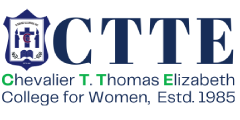


✅ Eligibility Criteria
Established in 2008, the Department of Computer Applications (BCA) provides industry-focused education in software development, networking, cybersecurity, and artificial intelligence. The program blends theory with hands-on training, preparing students for dynamic careers in IT and software industries.
Programme Highlights
Program Highlights
Career Opportunities
Graduates can work as Software Developers, Web Designers, IT Analysts, Cybersecurity Specialists, Cloud Engineers, and Data Scientists. Many pursue higher education (MCA, M.Sc. IT, MBA IT) or certifications (AWS, Data Science, Full-Stack Development, Ethical Hacking) to boost career prospects.
